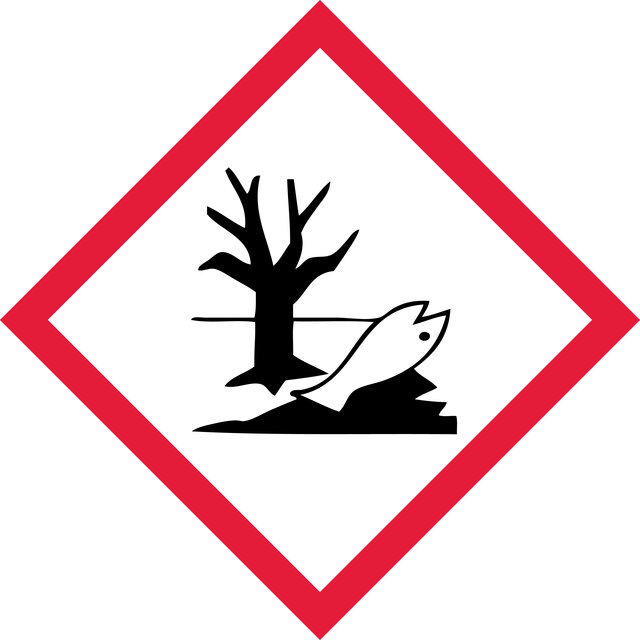Select a Size
About This Item
Product Name
Biphenyl, ≥99%
SMILES string
c1ccc(cc1)-c2ccccc2
InChI
1S/C12H10/c1-3-7-11(8-4-1)12-9-5-2-6-10-12/h1-10H
InChI key
ZUOUZKKEUPVFJK-UHFFFAOYSA-N
biological source
synthetic
agency
meets purity specifications of JECFA
vapor density
5.31 (vs air)
vapor pressure
9.46 mmHg ( 115 °C)
assay
≥99%
form
flakes
powder or crystals
autoignition temp.
1004 °F
expl. lim.
0.6 %, 111 °F
5.8 %, 166 °F
bp
255 °C (lit.)
mp
68-70 °C (lit.)
application(s)
flavors and fragrances
documentation
see Safety & Documentation for available documents
food allergen
no known allergens
organoleptic
geranium; green
Gene Information
human ... CYP1A2(1544), ESR1(2099)
Looking for similar products? Visit Product Comparison Guide
Related Categories
Disclaimer
General description
signalword
Warning
hcodes
Hazard Classifications
Aquatic Acute 1 - Aquatic Chronic 1 - Eye Irrit. 2 - Skin Irrit. 2 - STOT SE 3
target_organs
Respiratory system
Storage Class
11 - Combustible Solids
wgk
WGK 2
flash_point_f
230.0 °F - closed cup
flash_point_c
110 °C - closed cup
ppe
dust mask type N95 (US), Eyeshields, Gloves
Regulatory Information
Choose from one of the most recent versions:
Already Own This Product?
Find documentation for the products that you have recently purchased in the Document Library.
Our team of scientists has experience in all areas of research including Life Science, Material Science, Chemical Synthesis, Chromatography, Analytical and many others.
Contact Technical Service
